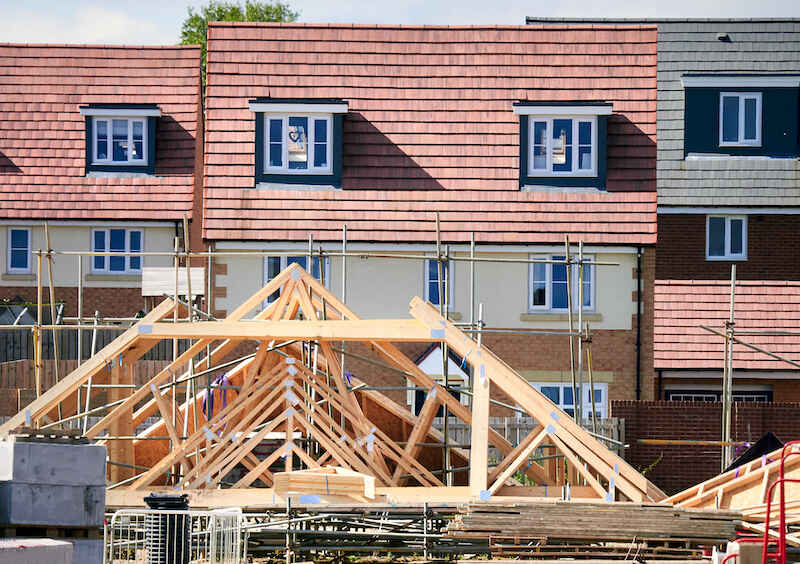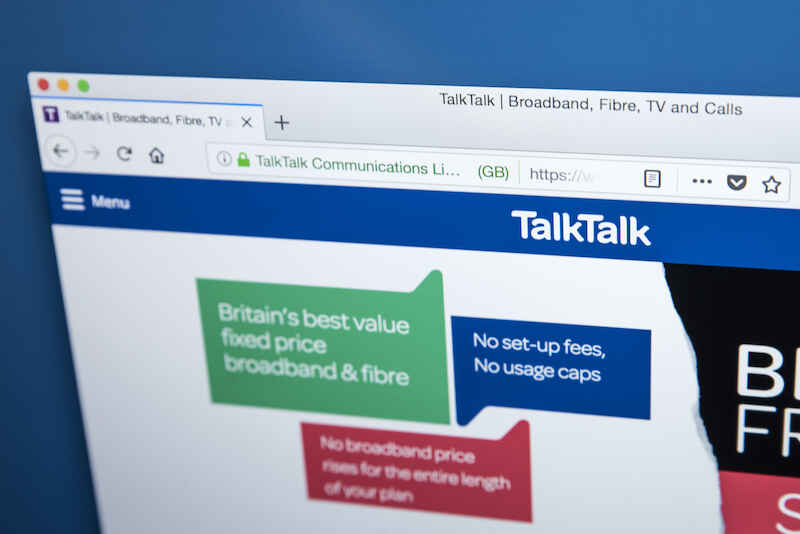93% of 2021's New Build Homes Connected to Full Fibre

More than nine out of ten new homes built in the first half of 2021 were linked up to full-fibre broadband at the time of construction, according to an independent analysis.
Thinkbroadband examined postcodes with properties completed in the first six months of this year and found that 92.8% of the nearly 45,000 homes have fibre to the premise (FTTP) connections. That’s up from 90% in the previous six months, 87% in the first half of 2020 and just 77.8% in the first six months of 2019.
In comparison, just one in five of all properties are connected to full fibre.
Rapid and reliable internet is a priority for the vast majority of homebuyers. A survey by independent full-fibre network and ISP Hyperoptic from the autumn of 2019 found that two-thirds of buyers would be put off a home by slow internet, with two in five completing deciding against a property if the area was badly served. Those figures have likely only grown as the pandemic made home working more common.
Recognising this, developers have entered contracts with telecoms providers, including BT’s Openreach, Virgin Media and smaller altnets like Hyperoptic, to run full-fibre in new communities.
Openreach, busy rolling out FTTP to 25 million premises by 2026, provides gigabit-capable full-fibre to new-build developments with more than 20 plots for no charge. Developers of smaller neighbourhoods can get a discount.
Despite this, there are still a few new-build neighbourhoods where homeowners struggle to get broadband, much less a lightning-fast connection. In some cases, developers have cited the remoteness of the development. In other cases, Openreach has simply “forgotten” a street.
Thinkbroadband's analysis revealed that while 98.6% of the 2021 homes come with superfast (30+Mbps) connections out of the box, a surprising 2,200 of them (0.5%) don't even muster speeds of 10Mbps, the speed to which homes are entitled under the broadband Universal Service Obligation (USO).
A 2016 EU directive adopted into UK law requires all buildings that received planning permission after 31 December 2016 to be “equipped with a high-speed-ready in-building physical infrastructure, up to the network termination points.” However, interpretations of this requirement leave it up to the discretion of the developer and ISP whether to provide actually working connections.
In March 2020, the UK government announced new legislation that will in effect make it mandatory for property developers to provide nearly every new home with gigabit-capable broadband. However, after the disruption of the last 18 months, there still isn’t a timeline for the law to come into effect.
Read on our blog

With the government poised to implement tough new measures to...

Budget broadband provider TalkTalk has been notifying customers via email...

A year-long investigation by charity Citizens Advice has revealed a...

Education Secretary Nadhim Zahawi has announced a new commitment to...
